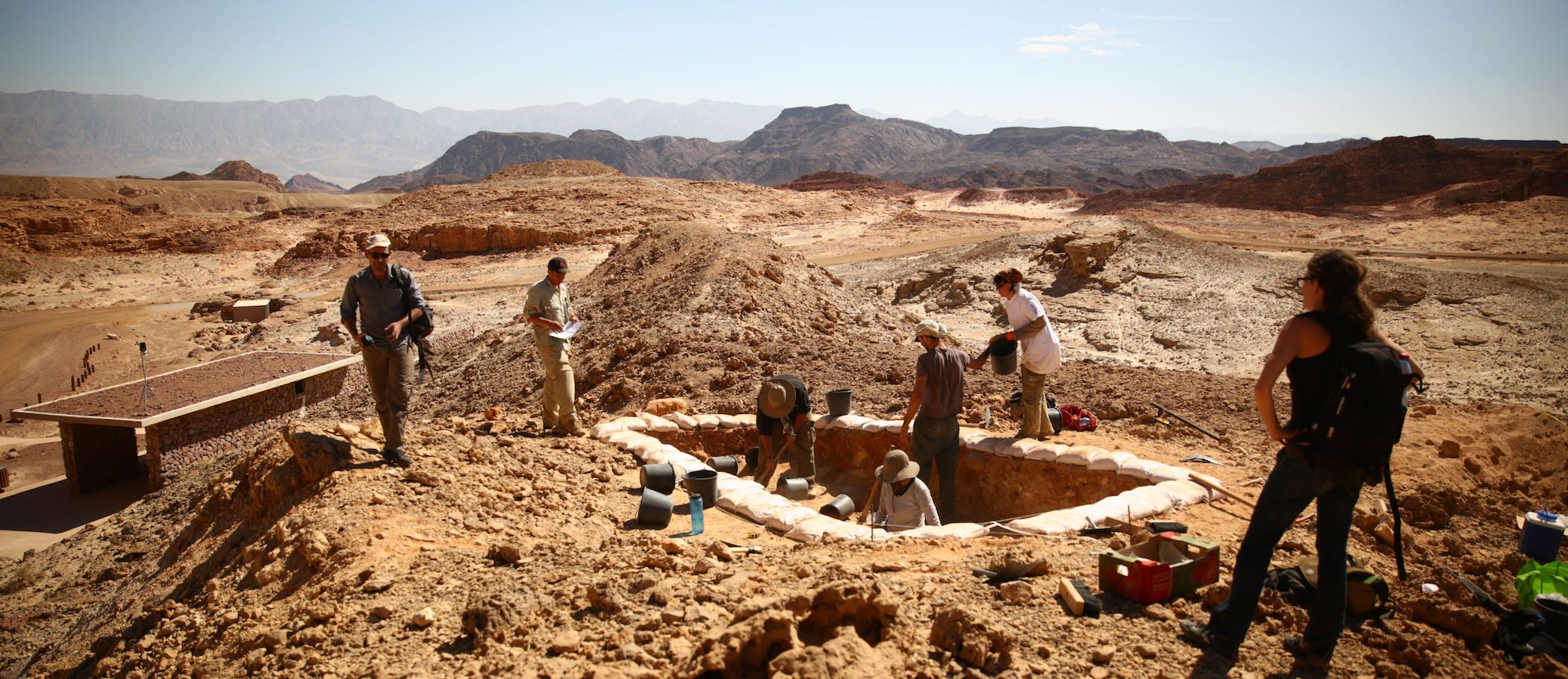When you purchase through links on our web site , we may earn an affiliate commission . Here ’s how it turn .
Ancient manuscripts that were previously untranslated have revealed a rare and fascinating coup d’oeil of scientific and medical practices in Egypt chiliad of years ago .
Experts working with the text recently discovered that the papyrus scrolls included the oldest lie with medical discussion of the kidneys , as well as notes on treatments for eye diseases and a verbal description of a pregnancy test , the scientific discipline news web site ScienceNordicreported .

A pregnancy test was among the medical information preserved in ancient Egyptian papyri.
The manuscripts are part of the Papyrus Carlsberg Collection , housed at the University of Copenhagen in Denmark , where an international squad of researchers is collaborating to interpret the unpublished document , according to the projectwebsite . [ 10 of the Most Mysterious Ancient Manuscripts ]
Along with medical information , the documents contain reference to uranology , vegetation and star divination , researchers tell ScienceNordic .
The all-encompassing Papyrus Carlsberg Collection include roughly 1,400 manuscripts , most of which engagement from 2000 B.C. to A.D. 1000 , compendium manager Kim Ryholt , a prof with the Department of Cross - ethnical and Regional Studies at the University of Copenhagen , wrote on the Carlsberg Foundationwebsite . Most of this ancient Egyptian scientific literature has remained untranslated since its donation to the university in 1939 , accord to the collection’swebsite .

One of the recently translatedmedical textsoutlined a pregnancy test that steer a pregnant womanhood to pee into two travelling bag — one carry wheat and one holding barley , ScienceNordic reported . harmonize to the papyrus , the sex of the child would be determined by which grain pullulate first — and if neither sprouted , then the exam was negative .
While this maternity trial may go strange by modernistic banner , a similar test was reference in a medieval German text from 1699 , undertaking researcher Sofie Schiødt , a doctorial candidate in the Department of Cross - Cultural and Regional Studies at the University of Copenhagen , told ScienceNordic .
" Many of the ideas in the aesculapian texts from ancient Egypt appear again in later Hellenic and Roman texts , " Schiødt state . " From here , they spread further to the medieval medical texts in the Middle East , and you could find vestige all the way up to premodern medicine . "

Scientific papyrifrom ancient Egypt are scarce , and the translation of these school text will supply valuable insight into the foundations of science and medicine in the ancient reality , researchers secernate ScienceNordic .
Original clause onLive skill .















